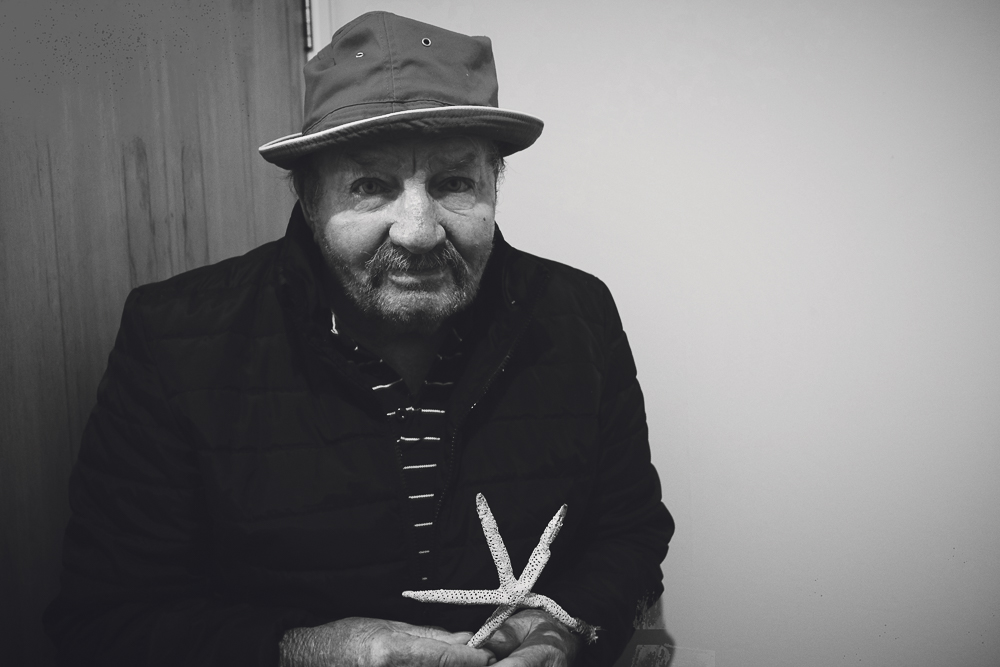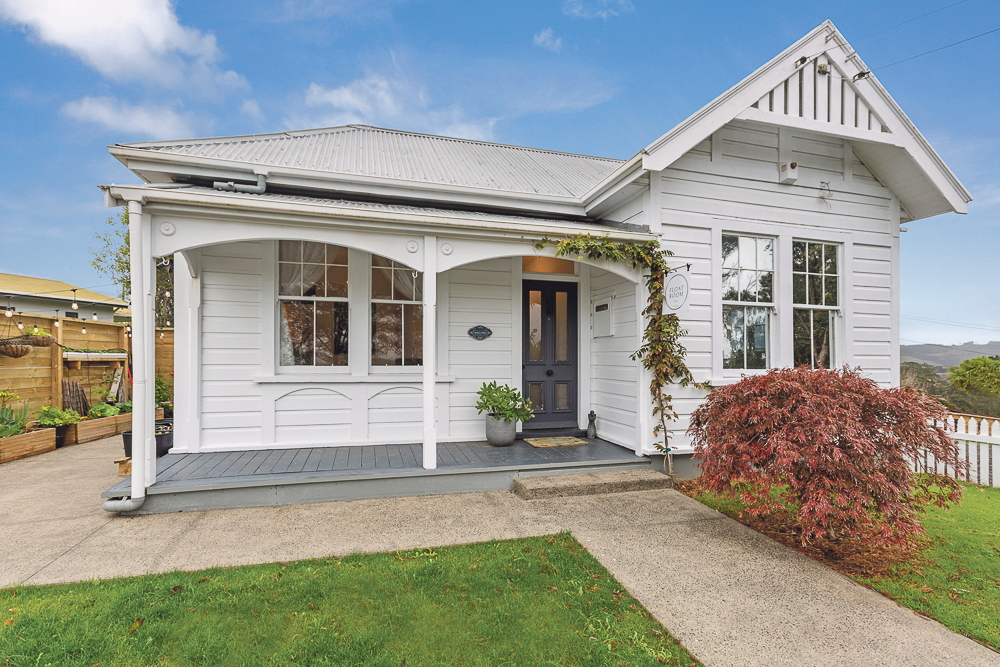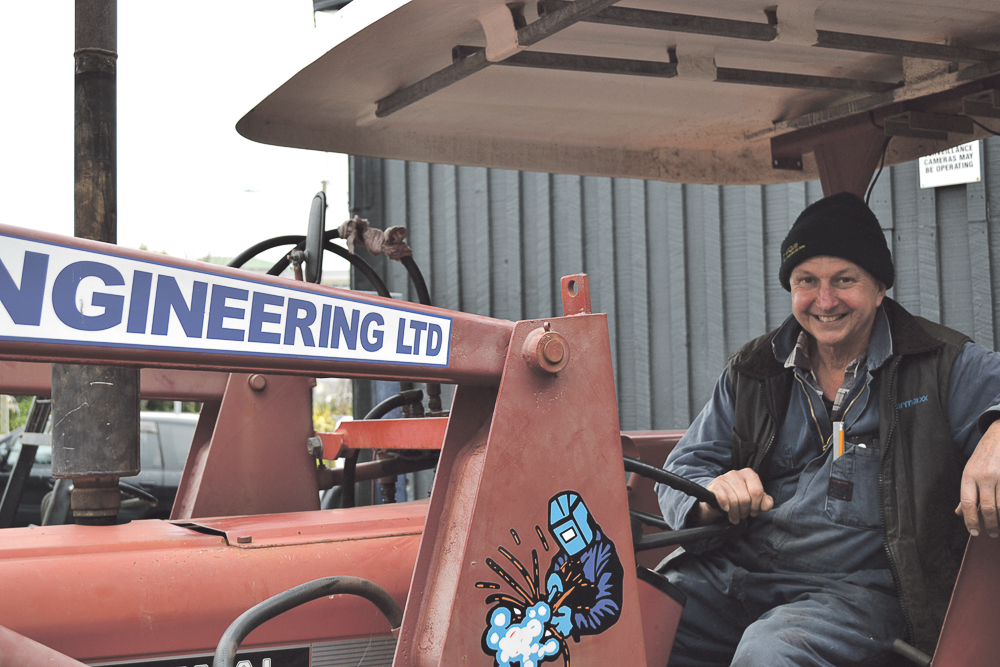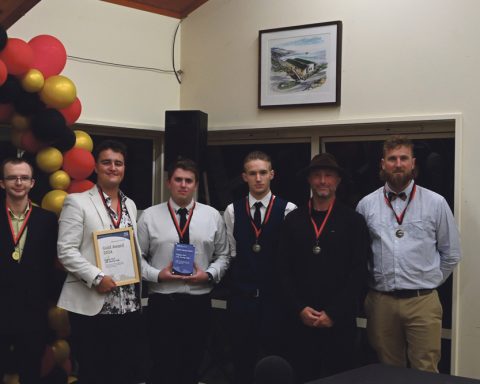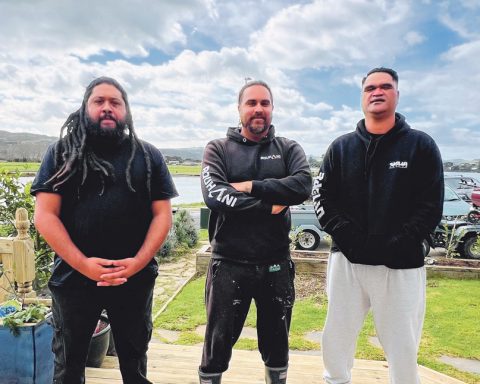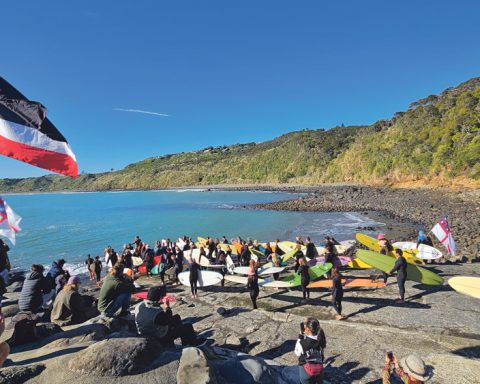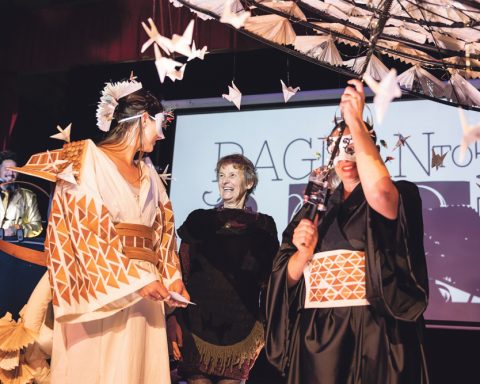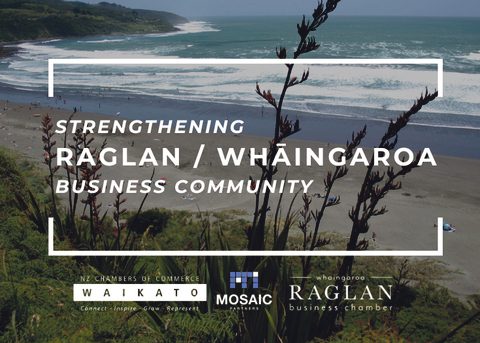When I walked in, he wore a red beanie. Jacques-Yves Cousteau came to my mind. A few days before meeting John, I watched The life aquatic with Steve Zissou, an homage to Cousteau by Wes Anderson.
The protagonist embodying Cousteau wears a red beanie and never takes it off. It made sense once John took me on a mouthful voyage to his countless expeditions in the Cook Islands. The place he escaped to when he was too consumed by making pools waterproof and providing roofs over people’s heads.
John said the most important thing in life for him is to keep his brain active to live adequately for a long time. To feed his most complex organ, his three pound gelatinous mass, his infallible curiosity is always at his service. He spins any objects on all sides looking for the mechanical order of things. Cousteau was an oceanographer, a filmmaker, he co-invented the first open-circuit SCUBA set and brought to life the first underwater documentaries: he too, had a restless hunger for the fathomless fascination this world can offer.
John kept on going back with his wife to the Cook Islands yearly, for 3 weeks each time with very little in his luggage. It helped him to remember the simplicity of life with small resources. He asked himself very often: why not London, France or America? Why do I keep on going back to the same place? He still doesn’t have an answer, some sort of tropical magnet was pulling him back to the warm sea where dolphins popping out of the crystal-clear water to say hello wasn’t an unusual performance.
Sitting on the beach with a beer to sip on and carelessly float in the ocean circled by manta rays while his wife was drinking Bacardi lime lemonades wasn’t sustainable for John. He had to find ways to build hardened layers of skin on his hands. To meet and help locals as a way of adding strings to his bow and deepen his cultural understanding of a place was his preferred way of travelling. Staying true to his desire, locals ended up inviting him to their farm where he volunteered each time he would visit. He helped with sheep, goats, the occasional cows, and tree cutting exercises. He recalled a big native tree on the farm where they shared meals under this massive dome of shade.
The contrast of New-Zealand and the Cook Islands was inevitable: islanders think one day at the time whilst we plan moons and moons ahead. Paradoxically, while he was in New-Zealand, the islands were on his mind. While he was surrounded by ukuleles and wooden tokere-tangarongaro (slit drums), he looked forward to the eternal forests of Aotearoa.
His souvenir tees are all worn-out and vanished over time. The only memorabilia remaining for him to look at, and plunge back to his multiple sky passage over the 15 islands, is a dried white starfish.
Reflecting on John’s story, I walked along Ngarunui beach, wrapped in my grey cashmere scarf and a black hood over my head. Each step was dictated by a tropical dream: hovering over 26°C see-through waters from an airplane window seat, butterflyfishes, damselfishes, groupers, blue starfishes, the crown-of-thorns starfishes… I looked down at my feet, at the small rock pools embedded on our local beach: 6 spiny starfishes.
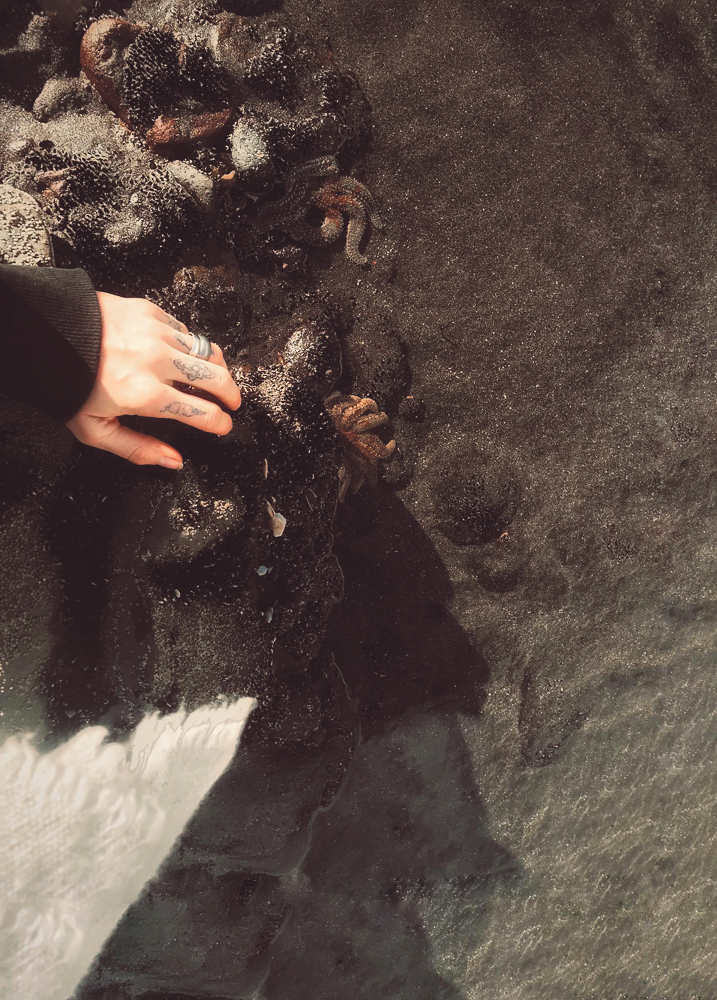
Elisabeth Denis wants to tell the stories of the residents at Raglan Rest Home. Elisabeth wants to show up for someone every month and bring awareness to the community about caring for our elderly and appreciating their memories and wisdom.
